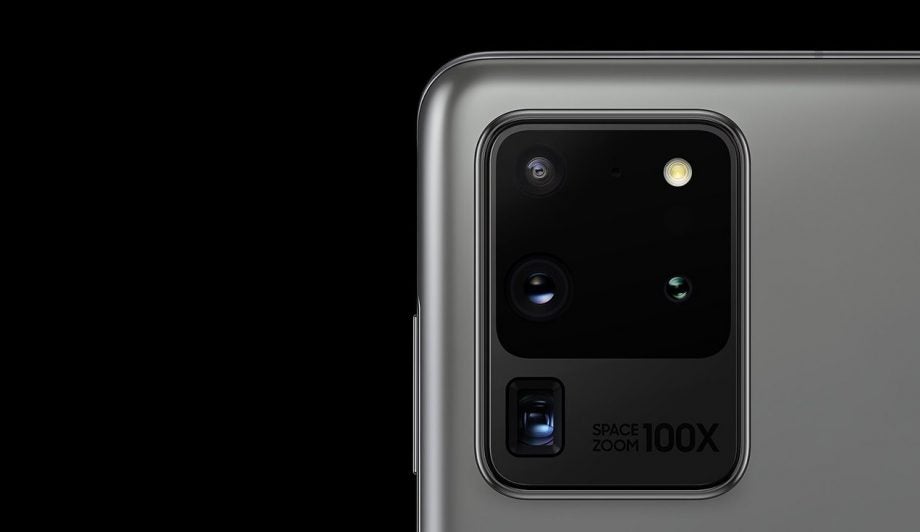Opinion: Thinking of upgrading for the S20 Ultra’s quad-camera setup? Maybe it’s time to buy a real camera

Samsung has stepped back on the scene with the latest update to its Galaxy S-series, the Samsung Galaxy S20. While all three of the models saw an increase in size for their respective camera modules, none went as far as the Galaxy S20 Ultra.
There’s no doubt that smartphone cameras are getting better. Most can stand up to digital cameras in a way that they could not ten years ago, and the convenience of having a compact photography tool in your pocket at all times is, for many users, invaluable.
The Ultra’s key selling point over the S20 Plus is the 108 MP sensor and Samsung sure is proud of it. But, is the sensor-setup enough to warrant an upgrade?
Here’s why you might be better off putting that cash toward a camera.
Related: Best camera
A higher number of megapixels doesn’t necessarily equal better quality. Quality actually depends more on the sensor size – and it’s difficult to squeeze a large sensor into a razor-thin smartphone.
In the case of the S20 Ultra, the 108 MP lens actually lends itself to improving 12 MP snaps by combining nine pixels into one more detailed pixel. While this should improve aspects like zoom and brightness, it won’t necessarily improve the quality of the image itself and you might struggle when it comes to editing on larger monitors or printing your work.
Cameras offer a higher degree of creative control – especially DSLRs and mirrorless shooters. While Samsung’s Pro Mode will now allow to play around with more advanced controls such as ISO and aperture, there are still a range of tools left out of reach. For example, the Olympus OM-D E-M1 Mark III mirrorless camera includes focus bracketing for better macro shots and a built-in ND filter to capture motion in water.
You can also choose a body that fits your needs. While the Olympus is weatherproof in rain and icy temperatures, an action cam is your best bet for adventure holidays. While smartphones might be easier to travel with, they aren’t necessarily built to withstand the most extreme environments.
Related: Best mirrorless camera
There is also the versatility that comes with lenses on a camera. While smartphones generally offer with one to five permanent lenses (we’re looking at the Xiaomi Mi Note 10), DSLRs and mirrorless cameras offer much more flexibility with interchangeable lenses. They last a long time too – if you choose to upgrade your camera body in the future, there’s a good chance you’ll be able to carry your lenses over from your old model to the new.
Admittedly, convenience is the area in which smartphone cameras shine. Chances are you have your phone in your pocket at all times ready to go and, with editing apps and social media, you’re able to share those images with the world within seconds.
That said, as smartphone cameras are improving in quality, mirrorless cameras are getting more compact as time passes. And, with touchscreen displays, in-camera editors and Wi-Fi-enabled SD cards, many cameras already carry some of the perks that smartphones have.
The biggest downside is that you’ll still be carrying an extra piece of equipment around with you, which is enough to put anyone who doesn’t already lug around a backpack on the daily off.
Thankfully, there’s nothing to say you can’t switch between a camera and your current phone, picking up the phone when you’re in a hurry to get a shot or want to share your pics on the fly and pulling out your camera when you have a bit more time to spare and want to take advantage of the perks of a standalone snapper.
Related: Best camera phone
The price of the separate camera is often a deciding factor for many amateur photographers, and it might seem like a less pricey endeavour to fork out the cash for a new phone. After all, with ToF (time-of flight) sensors and Pro Mode, the S20 Ultra almost feels as though you’re getting a phone and good camera in one.
However, at £1199, the S20 Ultra isn’t cheap. If you’re happy with your two-year-old Galaxy S9, there are certainly more affordable mirrorless and compact camera options to quell that camera envy with much more advanced features.
So, if you’re considering an upgrade for the camera setup and the camera setup only, you might be better off investing in a separate camera and spending a little less on your real dream phone.


